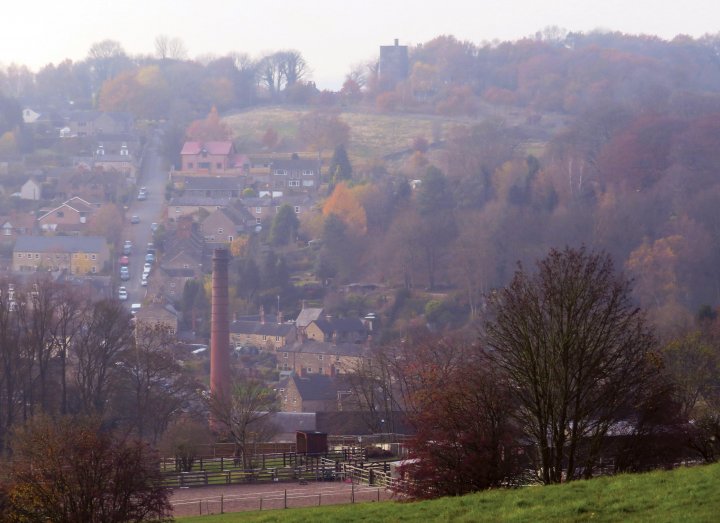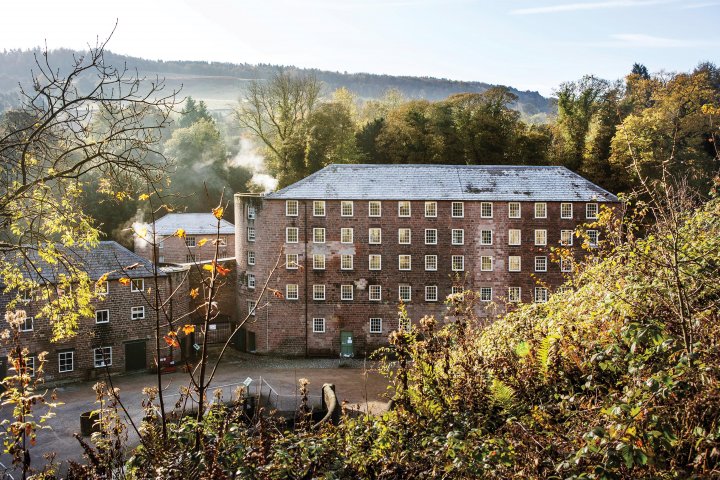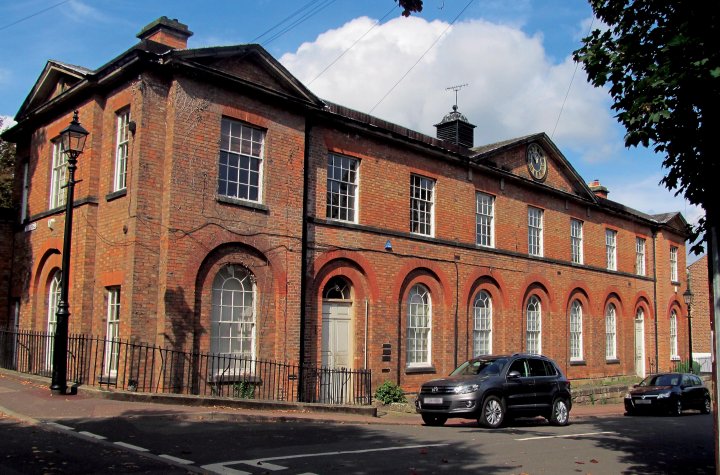Aim 07
Monitor the DVMWHS to the standard required by UNESCO, and encourage appropriate site-wide data gathering to support the delivery of the above aims.
Context
Signatories to the World Heritage Convention (in the case of the UK, HM Government), have an obligation to ensure that the Outstanding Universal Value of their World Heritage Sites is being maintained and interpreted to the public. To show to UNESCO that this work is taking place, monitoring is required.
In 2007, in an attempt to create a degree of quantifiable measurements for success at UK World Heritage Sites, a series of generic indicators were produced by ICOMOS, from which a set of 21 monitoring indicators have been established for the Derwent Valley Mills, tailored to the specific attributes of the Property. These supported, and latterly superseded a comprehensive annual monitoring report for the DVMWHS, which was produced from 2004 to 2016.
In addition there are a series of 50 monitoring views which are assessed every five years as part of the Management Plan review. These views are representative and do not infer that other views within the DVMWHS and buffer zone are less significant.
An annual newsletter is produced by the WHS team to ensure Partnership members and the wider public are aware of the work being achieved by the team and partners, and be notified of up-coming events.
UNESCO operates a ‘Periodic Review’ regime for all World Heritage Sites. The last round took place in Europe in 2012/13. The findings of the Review’s self-assessment, against set criteria, have informed elements of this Management Plan. It is expected that a Periodic Review will take place again during the lifetime of this Management Plan (2022/23).
The 2012/13 Periodic Review identified that:
- The mapping of the boundaries as laid out in the inscription documentation needed to be clarified. This has now been done.
- Greater publicity is needed of the buffer zone and its boundaries.
- A Flood Action Plan and Flooding Risk Reduction Measures were needed.
- The possibility of contributions from attractions charging fees within the World Heritage Site needed to be discussed.
- Care and management of natural and man-made water channels and structures was needed.
- Mobile phone companies needed to ensure new masts have minimal impact.
- Quarry owners were to be encouraged to minimise large vehicle movement and release of stone dust within the World Heritage Site.

Sunny Hill and Stephenson’s Tower, Milford
Objectives and Actions for 2020-25
Obj 7.1
Deliver an appropriate level of monitoring for the Derwent Valley Mills World Heritage Site, to satisfy the requirements of UNESCO and HM Government.
ACT 7.1.1
Annually collect and collate information from the DVMWHS Partnership to enable the compiling of the Key Performance Indicators for Historic England, DCMS and UNESCO.
ACT 7.1.2
Re-establish an annual report for the Steering Group on the delivery of the Aims, Objectives and Actions set out in the DVMWHS Management Plan.
ACT 7.1.3
Quinquennially, review and update the DVMWHS Monitoring Views (next due in 2022).
ACT 7.1.4
Carry out the necessary work involved in UNESCO’s Periodic Review if it falls within the lifetime of this Management Plan.
ACT 7.1.5
Provide an annual newsletter about the DVMWHS (See also ACT 3.9.2).
ACT 7.1.6
Meet any other reasonable requests for monitoring information made by UNESCO, ICOMOS, DCMS, Historic England or other partners.
Obj 7.2
Coordinate key attractions to record consistent visitor information.
ACT 7.2.1
Establish core visitor data, to be compiled by key attractions so that it can inform future initiatives, particularly appropriately targeted promotions.

Cromford Mill (Northern Hub)

Field Row (Central Hub)

The former Darley Abbey school (Southern Hub).
